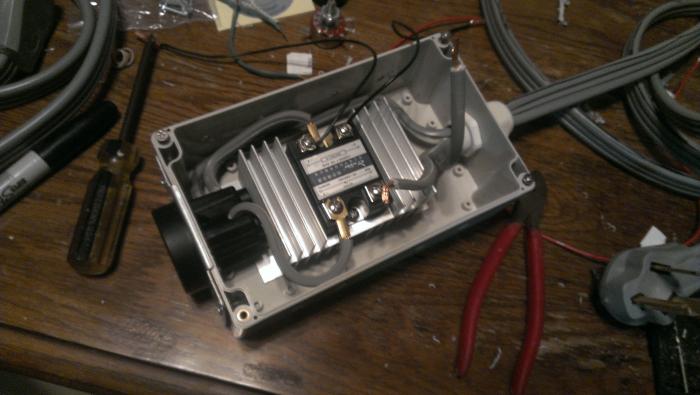So i'm trying to wrap my head around the wiring and AMPS and WATTs. I figured someone here could clear this up for me in a second  .
.
I want to switch over to Electric and use my current keggle. I figured i'd move into my garage and use the existing dryer outlet. Its connected to two 30A breakers and has a Nema 10 dryer outlet.
Does anyone have or know of a wiring diagram I can use? I don't need a PID or Temp Controller. I attached my crappy idea here so you guys can laugh at my attempt to put things together.
2 x 2500W elements ( in one keggle) -> switch / outlets
2 x march pumps -> switches
What do you guys think?

 .
.I want to switch over to Electric and use my current keggle. I figured i'd move into my garage and use the existing dryer outlet. Its connected to two 30A breakers and has a Nema 10 dryer outlet.
Does anyone have or know of a wiring diagram I can use? I don't need a PID or Temp Controller. I attached my crappy idea here so you guys can laugh at my attempt to put things together.
2 x 2500W elements ( in one keggle) -> switch / outlets
2 x march pumps -> switches
What do you guys think?






